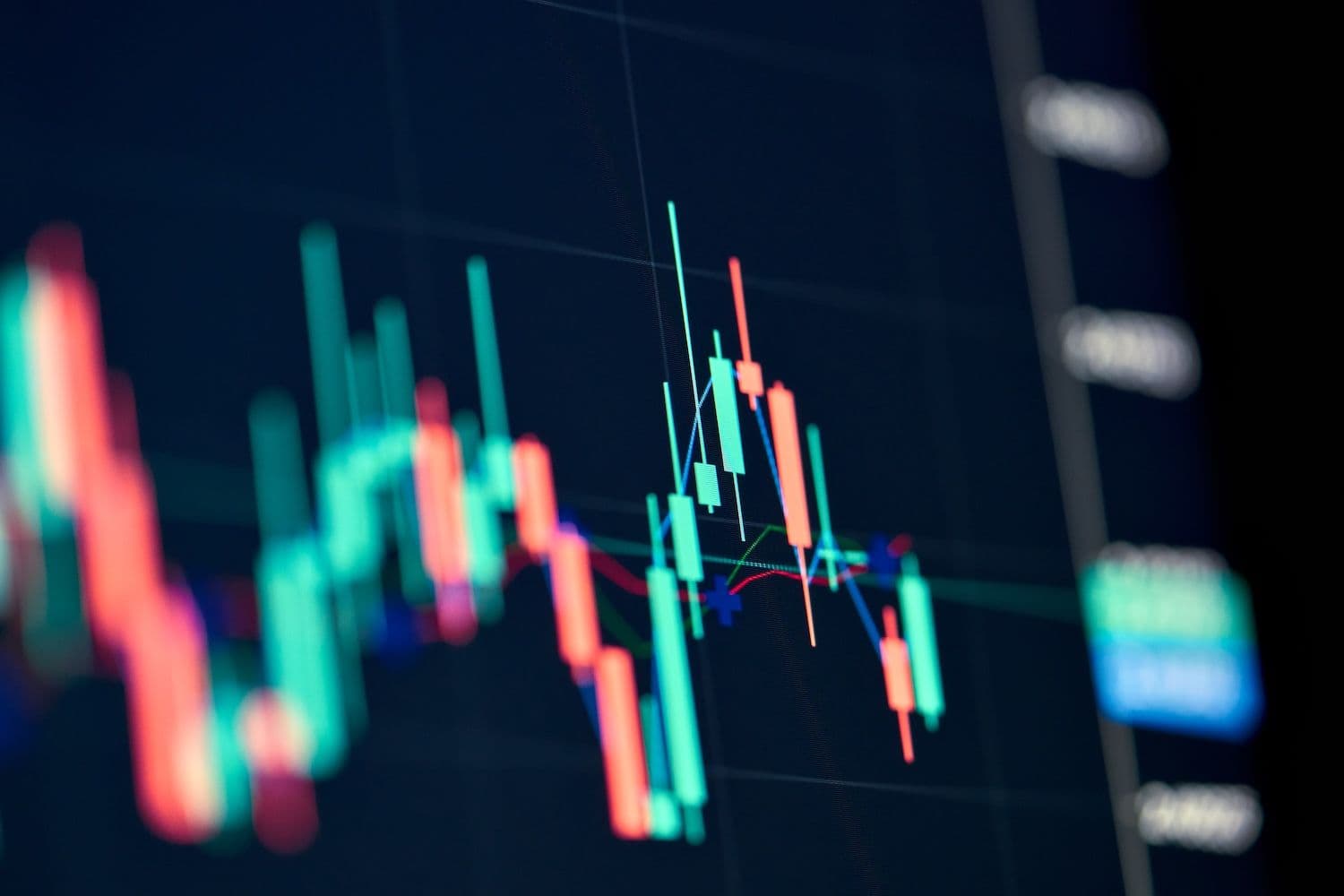Hyperliquid's native token HYPE declined for a fifth consecutive trading session Tuesday, dropping approximately 6% intraday to settle between $45 and $46 before posting a modest recovery Wednesday. The extended selloff has pushed HYPE to a critical support level, though technical indicators and on-chain metrics suggest the downward momentum may be nearing exhaustion as traders position for a potential rebound toward the $100 threshold that some analysts view as achievable.
What to Know:
- Hyperliquid token (HYPE) has fallen for five straight sessions, testing support at $45-$46 with resistance holding firm at $46.50-$47
- The platform generates approximately $5 million in daily protocol revenue with 660,000 HYPE tokens staked, worth roughly $30 million
- Technical indicators show Bollinger Bands narrowing and a golden cross formation near $45.50, while the long-to-short ratio dropped to 0.80, its lowest level in more than a month
Technical Indicators Point to Consolidation Before Breakout
The token's price action has carved out what technical analysts describe as a rounding bottom pattern on daily charts. This formation typically precedes significant moves in either direction, though confirmation requires a decisive break above current resistance levels. The Bollinger Bands have compressed noticeably, a setup that often signals an impending volatility expansion.
Moving averages tell a more constructive story.
The 20-day and 200-day simple moving averages intersected near $45.50 in what traders call a mini golden cross, a pattern that historically suggests upward momentum may be building beneath the surface.
The Relative Strength Index currently sits at 67, approaching overbought territory but not yet signaling exhaustion.
Volume patterns remain subdued, which some market participants interpret as quiet accumulation by longer-term holders. A confirmed breakout above the $47.50-$48 range could validate the rounding bottom pattern and open a path toward higher levels. Price action has repeatedly found support in the mid-$40s, mirroring consolidation zones that preceded sharp rallies in previous cycles.
The token benefits from structural advantages within its ecosystem. Hyperliquid operates as a decentralized exchange offering low fees on both perpetual contracts and spot trading, with no Know Your Customer requirements due to its decentralized architecture.
Derivatives Market Shows Bearish Tilt While Spot Holds
Futures markets have turned decidedly pessimistic on near-term price action. Data from Coinglass shows the long-to-short ratio for HYPE has deteriorated to 0.80, marking its weakest reading in more than a month as derivatives traders position for further downside. The Moving Average Convergence Divergence indicator has flashed a bearish crossover, with the RSI falling below 50 to confirm the cautious sentiment in leveraged markets.
Spot markets tell a different story. Price support has consistently emerged in the mid-$40s, suggesting underlying demand from participants less influenced by short-term leverage dynamics. This divergence between derivatives positioning and spot market resilience often precedes sharp reversals when accumulated short positions become vulnerable to liquidation cascades.
Key technical levels frame the immediate outlook. The next significant support zone lies between $39 and $40, a break of which would likely trigger a deeper correction and test the conviction of longer-term holders.
On the upside, reclaiming the $51-$52 range would probably force a squeeze higher as bearish positions unwind, with initial targets in the $55-$60 area.
Understanding perpetual contracts proves essential for interpreting current market dynamics. These derivative instruments allow traders to speculate on price movements without expiration dates, using funding rates to keep contract prices anchored to spot markets. When funding rates turn negative, as they have recently for HYPE, it indicates more traders are shorting than going long, creating potential fuel for sharp reversals if sentiment shifts.
Decentralized exchanges operate without centralized intermediaries, allowing users to trade directly from their wallets without surrendering custody of their assets. This architecture eliminates traditional Know Your Customer procedures but introduces different risk factors related to smart contract security and liquidity depth.
Platform Fundamentals Provide Foundation for Recovery
DeFi Llama data indicates Hyperliquid generates approximately $5 million in daily protocol revenue, a steady income stream that continues even as competing perpetual contract platforms deploy aggressive incentive programs to attract volume. This organic revenue generation distinguishes the protocol from platforms heavily dependent on token emissions to subsidize growth.
Roughly 660,000 HYPE tokens remain locked in staking contracts, representing about $30 million in value at current prices.
This staked supply reduces tokens available for trading and creates technical support during periods of selling pressure. The staking mechanism also aligns token holder incentives with long-term protocol development rather than short-term price speculation.
The critical range for near-term direction sits between $44 and $49. A daily close above $49 would shift momentum indicators to bullish territory and likely trigger a move toward $52-$55 as technical traders adjust their positions. Conversely, losing the $46-$47 support zone risks another leg down to $44 or potentially $40 if selling accelerates.
Funding rates on perpetual contracts have flattened, and open interest has cooled from recent peaks. This setup resembles mid-cycle pullbacks observed in previous market phases, periods that often concluded with sharp recoveries as pessimistic positioning became overcrowded and vulnerable to reversals.
Closing Thoughts
Hyperliquid's token faces a critical juncture at current support levels, with technical indicators suggesting consolidation may give way to a decisive move in coming sessions. The divergence between pessimistic derivatives positioning and resilient spot markets creates conditions for potential volatility as one side of the trade proves correct. Platform fundamentals remain intact with steady revenue generation and significant staked supply, providing a foundation for recovery if broader market conditions cooperate.

